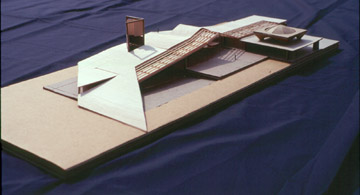
Project was designed during the spring of 1999, and was an entry in the ASCA student design competition. The program was for the addition of a meteorological center and field station to the existing Wright Brothers National Monument visitors center at Kitty Hawk, N.C. There were four main considerations in the design.
SITE - The existing award winning visitors center built in 1960 by Romaldo Giurgola has struggled in recent years to accommodate the volume of tourists. The adaptive Dune respects the existing structure as well as helps to alleviate the strain. The dune is a link. It completes an itinerary which begins at the visitors center and currently terminates at the end of the Wright Brothers flight path. It is oriented to draw visitors at that point through visual curiosity and the possibility of an alternate vantage point of the historic site.
FORM - Inspired by the shifting sands which create the topography of Kitty Hawk and the outer banks region.
EXPERIENCE - Earth/Sky - The Wright brothers altered forever the way we perceive this relationship through their manipulation of the wind. The dune highlights this characteristic of the site. The visitor is offered alternatives of occupation. Entry can be via the sky, by walking on the wooden dune. This provides views of the historic site, as well as exposure to the wind and sky. Ground entry is through the descent of the concrete ramp. The ramp leads to the tower which is occupied below ground level. The space of the tower frames the sky and monitors the wind through the availability of light.
FUNCTION - Adaptability- The possibility of extreme changes of weather conditions is a main characteristic of the site. The dune allows for different amounts of exposure depending on the current climate. Hatches in the dune provide easy access for experimentation. The west facing pivoting glass wall blurs the distinction between interior and exterior space while providing necessary protection in times of need.

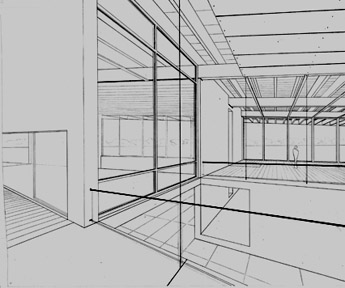

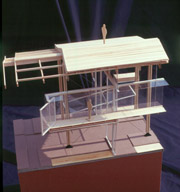
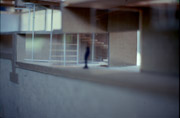
|
|

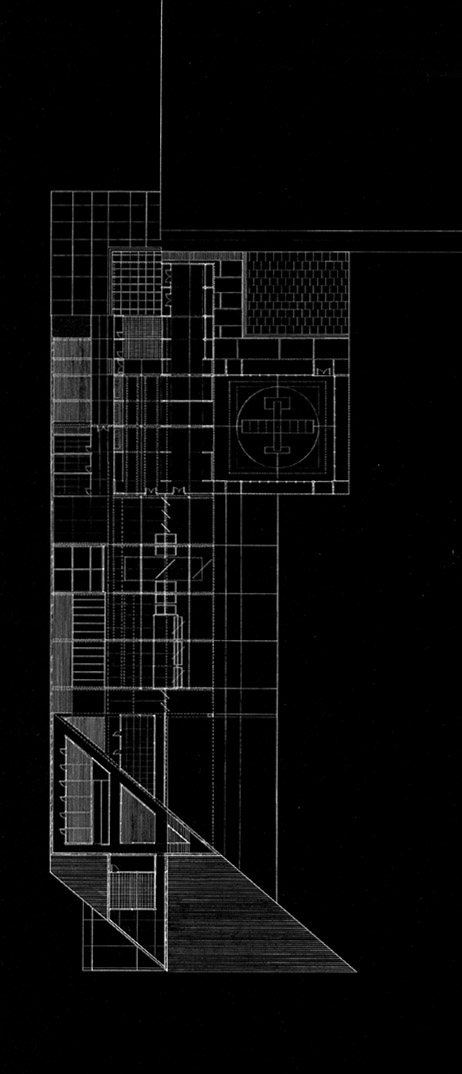
Adaptive Dune